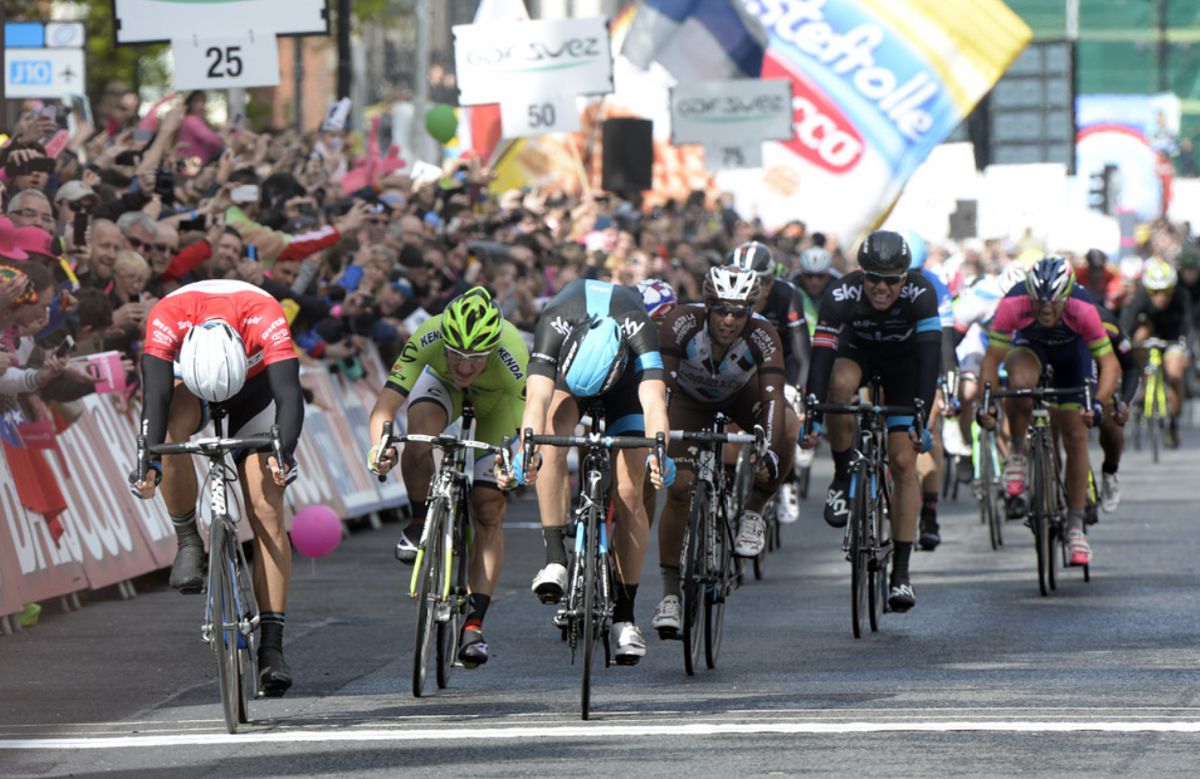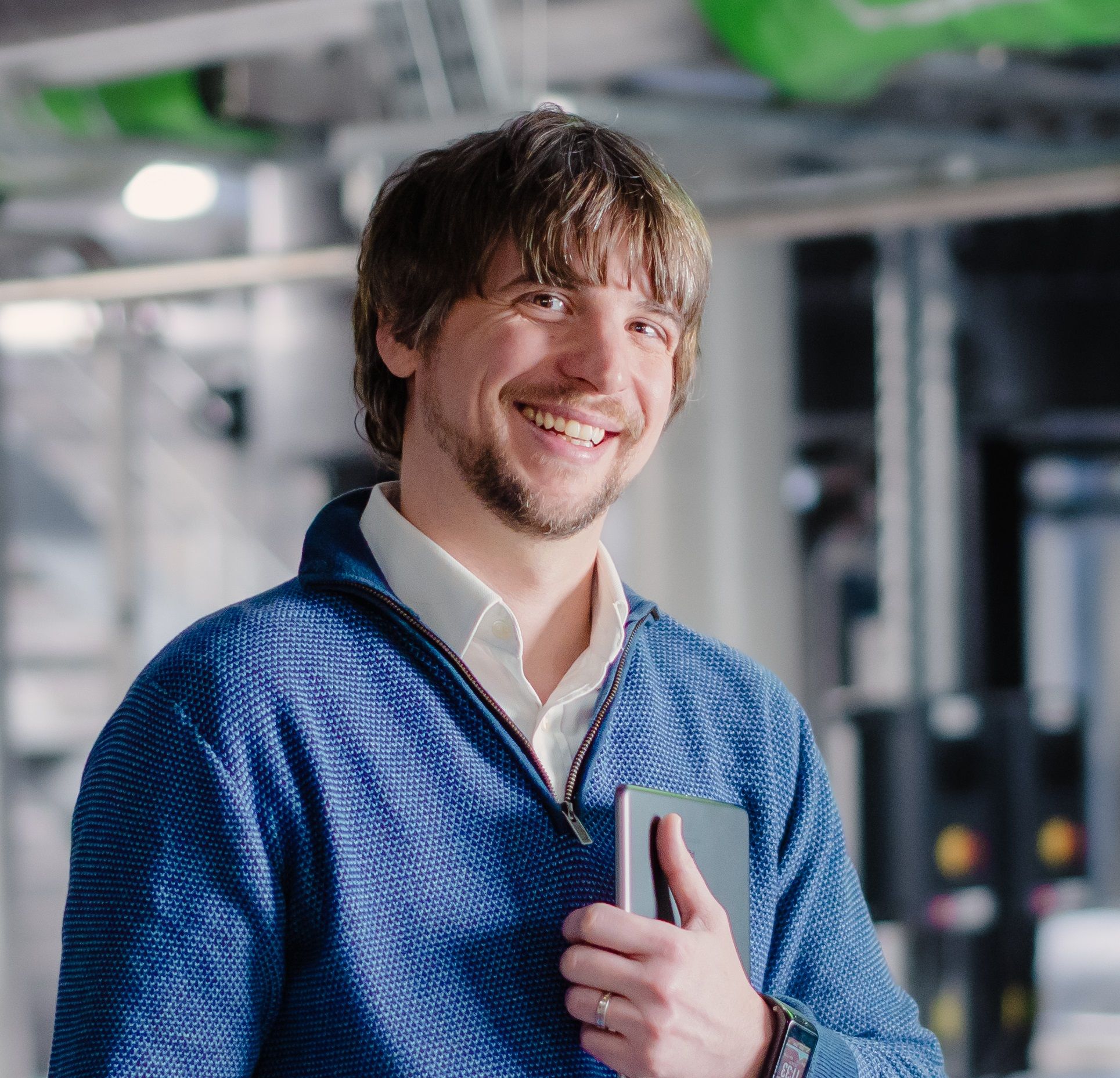Performance improvements lead to dramatic gains
As a big cycling fan I get giddy every summer. The grand tours bring out the best of the best in the sport, and with them comes state-of-the-art technology and radical new approaches to training, as some epic battles get underway. The most important one is man against physics - who can overcome gravity, aero drag and moment of inertia the best, consistently over 3 weeks. Who can save the most energy, put in the least effort to get the best efficiencies from their biological and mechanical systems?
When I think about it that’s not all that different to what we do on a daily basis when trying to improve our customers' processes, reduce energy costs, increase yield and ultimately save the planet one watt at a time.
I got my first taste of professional cycling in 1998, the tour that nearly killed the tour when I stood on the finish line in Dublin for stage 2 and on the Champs-Élysées for the final day of Le Tour. Eleven-year-old me was amazed by the machines that whizzed by at what seemed like superhuman speeds. Sixteen years later, the Giro came to town and I got to experience the amazement of another Grand Tour. A lot had changed in those 16 years.
The flamboyance and panache of El Pirata Marco Pantini with his traditional aluminium Italian bike, a Bianchi Mega Pro, had given way to Nairo Quintana’s German-designed carbon speed machine the Canyon Ultimate CF SLX. Ultimately the challenges were still the same, efficiency, performance and energy savings but now modern professionals were racing faster, harder and more efficiently.
How did cycling make these improvements?
A lot of it stemmed from technological breakthroughs such as the introduction of carbon fibre and electronic gearing but those top few % come from what Sir Dave Bralisford and British Cycling call “marginal gains”. In short, if you break everything you can think of in cycling down, and improve each element by 1 per cent, the sum of those 1 per cents will lead to a massive gain. Measuring those 1 per cent gains takes a lot of different systems: power meters, heart rate monitors, blood glucose monitors, lactate testing, heart rate variability, calories in vs calories out, hydration, sweat testing, wind tunnel testing, core body temperature. All of that testing can take years to fully get there. For Dave Brailsford and his team, it took 3 years to make up 20 minutes and move from 17th to first.
Your plant has its own set of measurement tools, energy meters, flow meters, heat meters, lab testing and many more to replace the wind tunnels, heart rate monitors etc. Left to your own devices, with all the distractions of maintaining and running a plant on a day-to-day basis, it could take far longer to get from plodding along on a cafe ride to winning your own yellow jersey for plant performance. We can however help to accelerate this by bringing you into our digital lab and doing a lot of the poking and prodigy for you.
Performance Dashboards
In CoolPlanetOS , we can quickly build dashboards that tell the story of performance, and create watchers that will alert you to deviations that threaten your savings. If we take the bike analogy and give it a closer look, your plant is not just the bike but all of the team's bikes plus the riders.
To win a race the teams riders need to work together, climbers help the leader up the hill. When leading into the climbs, its important to ensure those riders have the optimum nutrition and their bike is running perfectly, exactly like a process on your site gearing up for a production run where you expect your machinery to be at peak performance.
Now before the hard work starts if you could see all of the variables diluted into a simple display, and highlight weaknesses before the final push, then perhaps rather than pushing to breakaway on the climb and implode 5km later, we can adjust the metaphorical race plan stay in the bunch to get safely over the hill. Yes, you won't win the race that day but you won't lose overall.
So if we have a compressed air system with a screw compressor (the cyclist) and several large leaks (poorly maintained chain), as well as a poor batch of raw product (bad nutrition), then maybe today we adjust our production plan to make a different product while we perform some maintenance on the compressor.
Spreadsheets are gone
In the past all of this testing on plants was done using spreadsheets and manual reports that helped improve the future and, if we listened, avoided repeating the same mistakes. Now, CoolPlanetOS gives you the power to make these decisions more immediately and also use your man hours to make improvements rather than spending that time trying to find the faults.
We have moved from Columbus steal testing a bike attached to a van driving around a track into the future of data analytics and real-time feedback during the race.





